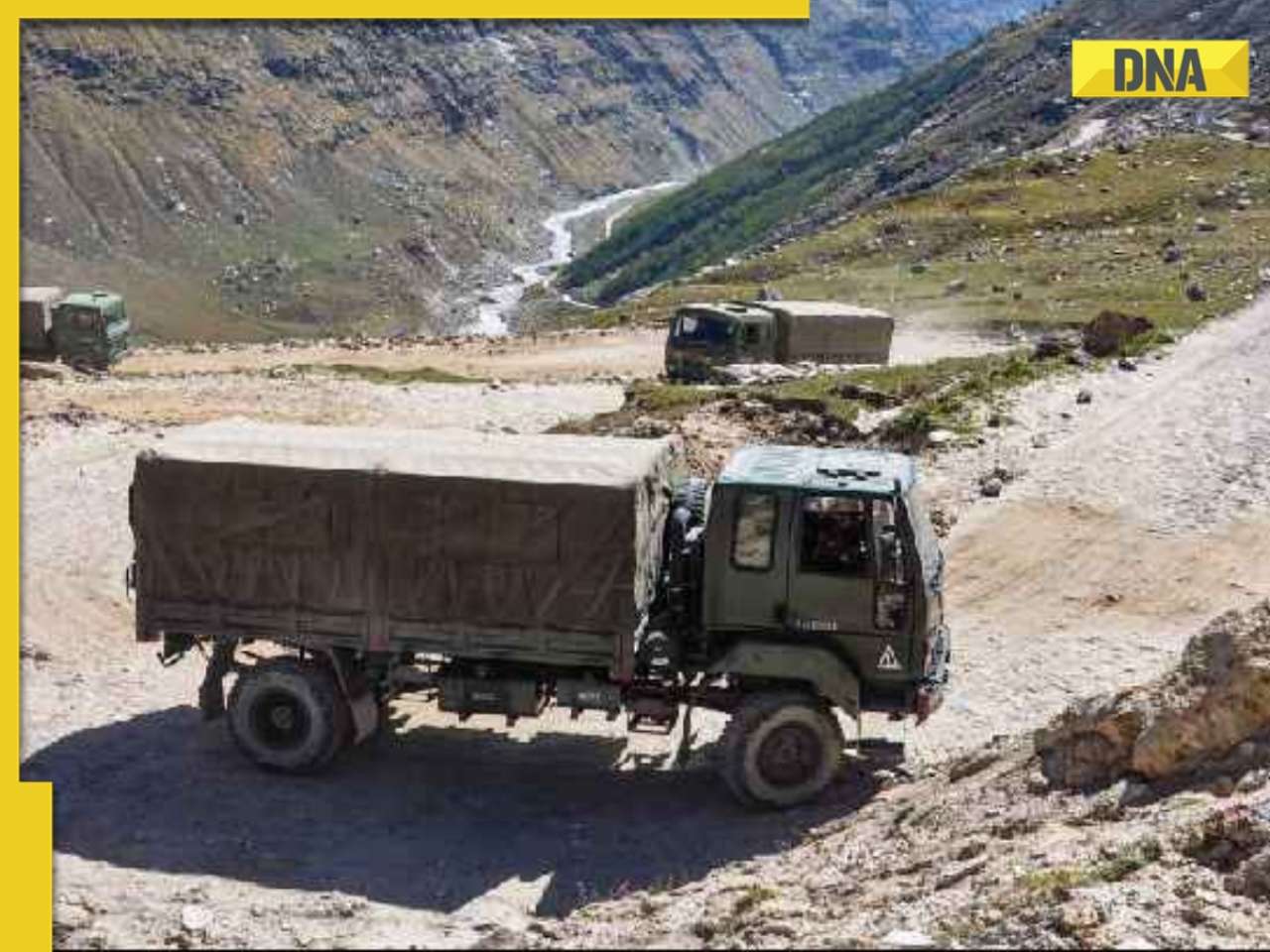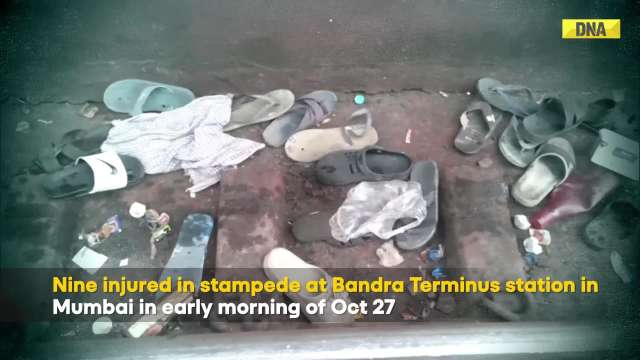- LATEST
- WEBSTORY
- TRENDING
VIRAL
Chandrayaan-3: ISRO Chief S Somanath reveals how Pragyan Rover discovered minerals on Moon
Isro Chief S. Somanath explains how the Pragyan rover on Chandrayaan-3 identified lunar minerals using advanced spectroscopic techniques.
TRENDING NOW
Chandrayaan: As India celebrates the first anniversary of the historic Chandrayaan-3 mission’s landing on the Moon, marked as National Space Day, the Indian Space Research Organisation (Isro) has highlighted the achievements of the Pragyan rover. To commemorate this milestone, Isro has released stunning new images taken by Pragyan, showcasing its contributions to lunar exploration.
The Pragyan rover, part of India’s third lunar mission, has made significant strides in understanding the Moon’s surface. Weeks after the landing, Isro announced that Pragyan successfully detected and analyzed the mineral compositions at a location known as Shiva Shakti Point on the lunar surface.
Isro Chief S. Somanath provided detailed insights into how Pragyan achieved this. The rover was equipped with two advanced instruments designed for analyzing the lunar soil. The first, the Alpha Particle X-ray Spectrometer (APXS), used alpha particle radiation to interact with surface materials. When the radiation hit the Moon’s surface, it scattered, and the resulting signatures were measured by the rover’s spectrometers. This process helped identify specific minerals present in the lunar soil.
The second instrument, the Laser Induced Breakdown Spectroscope (LIBS), utilized a laser beam to target the lunar surface. This laser caused the material to emit fumes, which were then captured and analyzed by onboard spectrometers. This technique provided information about the elemental composition of the lunar terrain.
Somanath explained that the rover’s ability to move around the landing site was crucial. Pragyan traveled about 100 meters from its landing spot while performing its tasks and collecting data. This mobility allowed it to sample a larger area, offering a more comprehensive view of the lunar surface.
The analysis of the spectral signatures revealed valuable information about the Moon’s composition. By studying the unique wavelengths emitted by different elements and minerals, scientists were able to determine the precise makeup of the lunar soil.
This achievement is a significant advancement in lunar exploration, providing unprecedented insights into the Moon’s geology. The data collected by Pragyan not only enhances our understanding of the Moon’s formation and evolution but also sets the stage for future lunar missions and potential resource utilization.
Recent studies based on Pragyan’s data have even suggested that the Moon’s surface was once covered by a vast ocean of magma. As scientists continue to examine the extensive data sent back by Pragyan, the international space community eagerly awaits more discoveries about our celestial neighbour.
The DNA app is now available for download on the Google Play Store. Please download the app and share your feedback with us.







)
)
)
)
)
)
)
)
)
)
)
)
)
)
)
)
























































